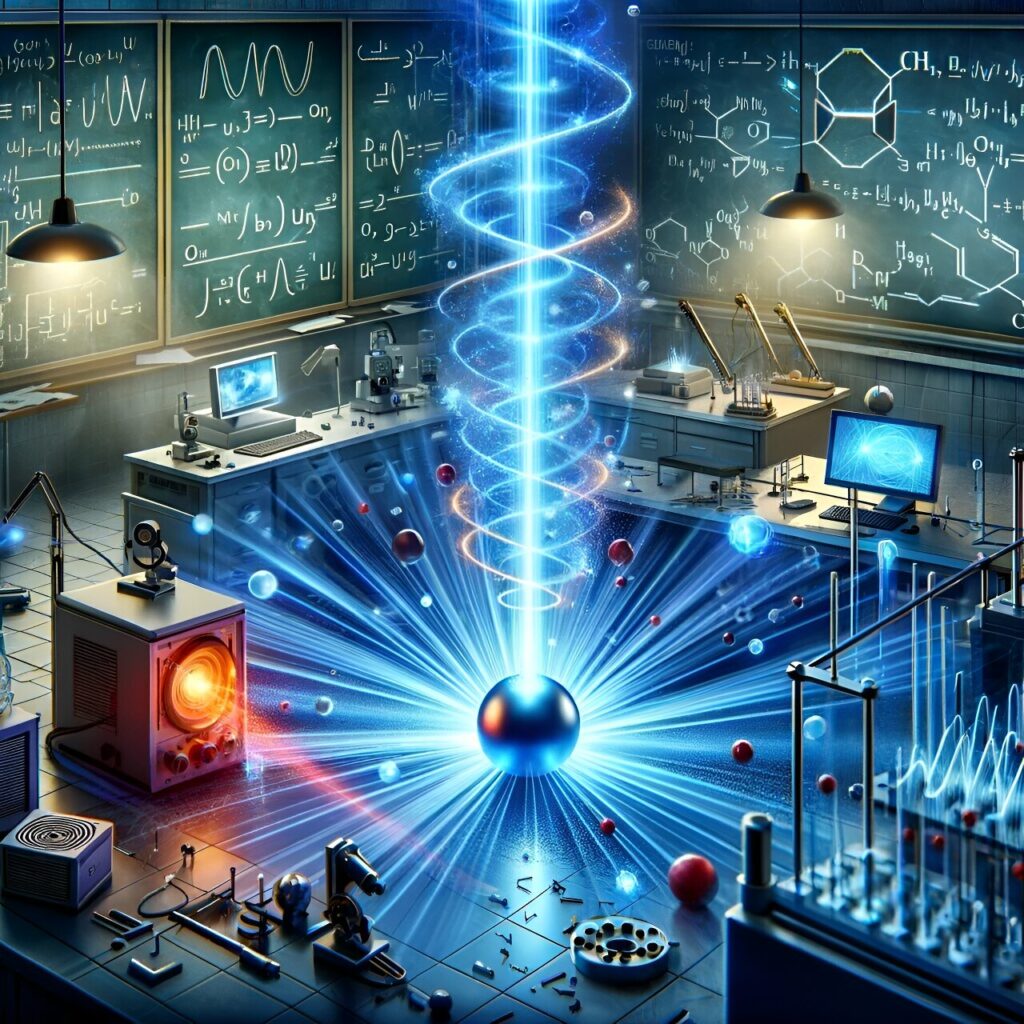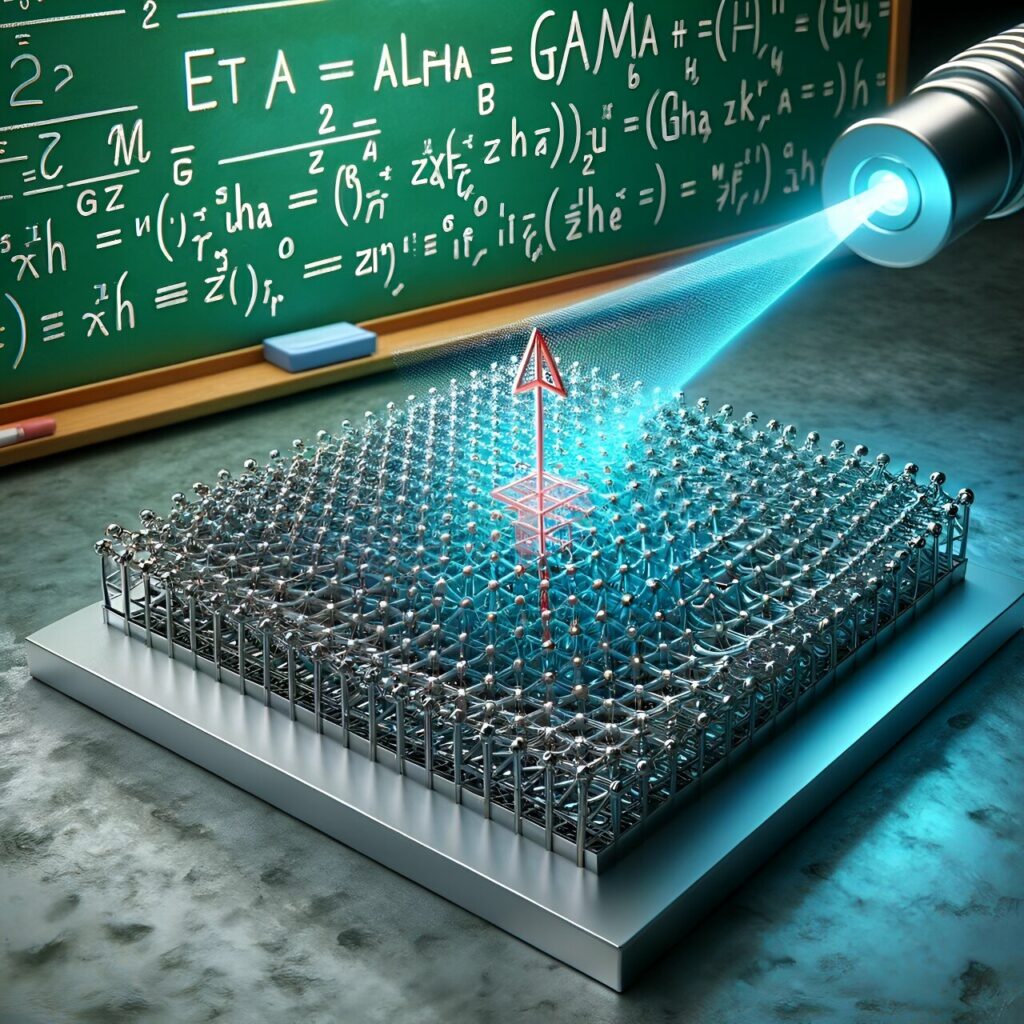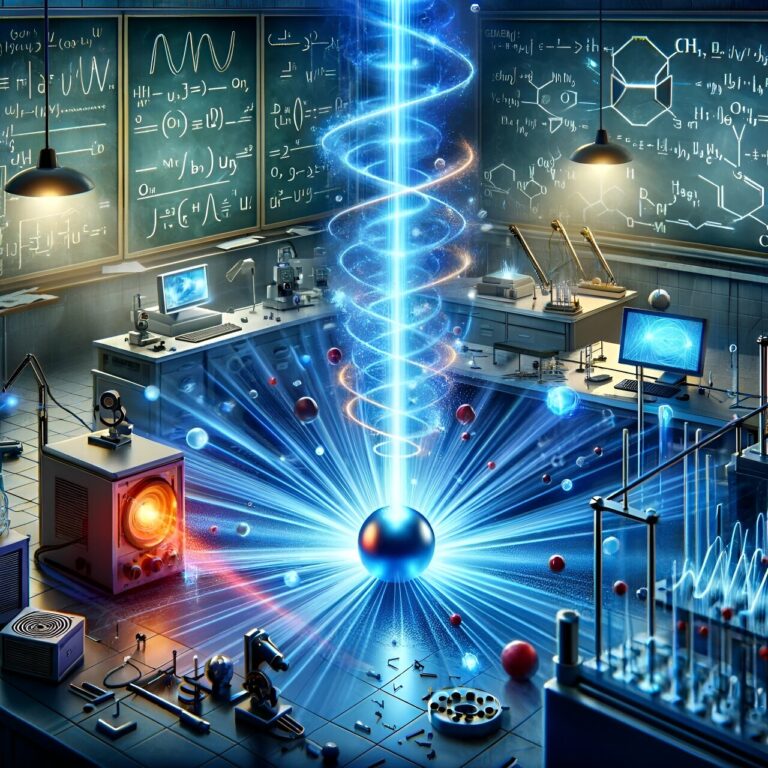Fresh Perspectives on the Interaction Between Light and Magnets to Enhance Sensor and Memory Technologies
Professor Amir Capua, leading the Spintronics Lab at the Institute of Applied Physics and Electrical Engineering, Hebrew University of Jerusalem, has unveiled a groundbreaking advancement in the domain of interactions between light and magnets. The research team’s unexpected finding exposes a novel mechanism in which an optical laser beam effectively governs the magnetic state in solids, offering practical applications across various industries. Professor Capua commented on this milestone, stating,
“This discovery signifies a paradigm shift in our comprehension of the interplay between light and magnetic materials. It sets the stage for the development of high-speed memory technology, particularly Magnetoresistive Random Access Memory (MRAM), and the creation of cutting-edge optical sensors. Indeed, this breakthrough represents a significant stride forward in our grasp of the dynamics between light and magnetism.”

Challenging conventional wisdom, the research unveils the often-overlooked magnetic dimension of light, a facet typically sidelined due to the slower responsiveness of magnets compared to the swift dynamics of light radiation.
The team’s exploration leads to a paradigm shift: the magnetic component within a rapidly oscillating light wave demonstrates the ability to manipulate magnets, reshaping fundamental principles in physical relationships. Intriguingly, the researchers identify a fundamental mathematical relationship governing the strength of this interaction, connecting the amplitude of the magnetic field of light, its frequency, and the energy absorption of the magnetic material.

This discovery is intricately tied to the realm of quantum technologies and amalgamates principles from two scientific communities that previously had limited overlap. Professor Capua explained, “Our comprehension evolved by employing principles well-established in the quantum computing and quantum optics domains but less familiar in the realms of spintronics and magnetism.”
The established understanding of the interaction between a magnetic material and radiation is well-defined when the two exist in perfect equilibrium. However, the scenario involving non-equilibrium states of both radiation and magnetic material has been inadequately described thus far. This non-equilibrium condition is central to the fields of quantum optics and quantum computing technologies. Through our exploration of this non-equilibrium state in magnetic materials, while drawing on principles from quantum physics, we have established a foundational understanding that magnets can respond to the short time scales of light.
Furthermore, the interaction is revealed to be highly significant and efficient. “Our findings can elucidate a range of experimental results reported over the last two to three decades,” explained Capua. “This discovery carries profound implications, particularly in the realm of data recording using light and nano-magnets,” noted Professor Capua. “It suggests the potential realization of ultra-fast and energy-efficient optically controlled MRAM, signaling a transformative shift in information storage and processing across diverse sectors.”
In conjunction with this breakthrough, the team introduced a specialized sensor capable of detecting the magnetic component of light. Unlike conventional sensors, this innovative design offers versatility and integration across various applications, potentially revolutionizing sensor and circuit designs that leverage light in diverse ways. The research, led by Benjamin Assouline, a Ph.D. candidate in the Spintronics Lab, played a crucial role in this discovery. Recognizing the potential impact of their breakthrough, the team has submitted applications for several related patents.
This article is republished from PhysORG under a Creative Commons license. Read the original article.
Do not forget to share your opinion with us to provide you with the best posts !




0 Comments